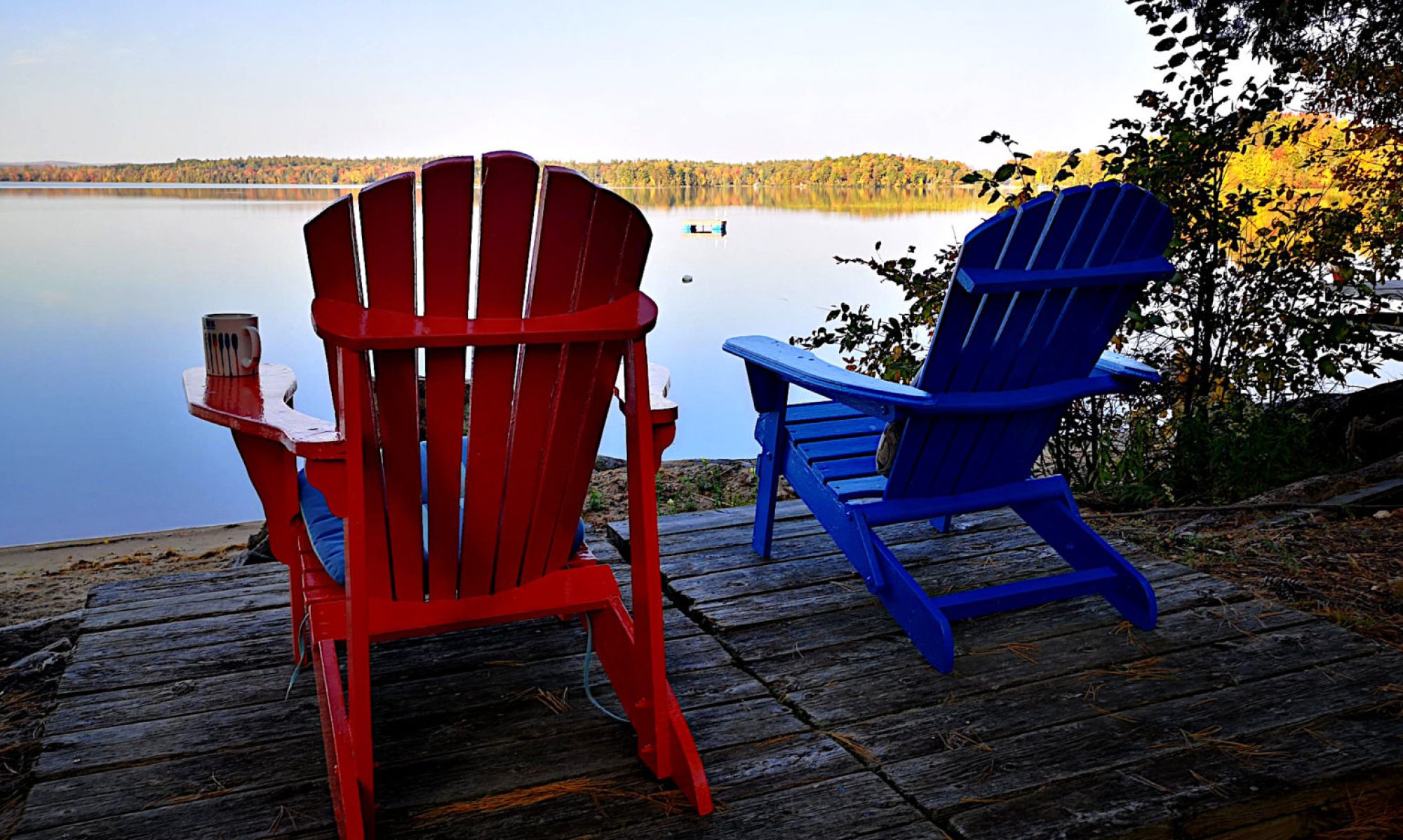
From Defector: “If neighbors peeking behind curtains at the idling 18-wheeler thought to call in a complaint, the husband and wife receiving the delivery didn’t notice. They were too busy unloading boxes—more than 800 of them. That problem cost $43,000, a sum that represented the entire life savings of Mr. Fox and his wife, who at that point had been surviving on public-school salaries. Friends and family never really said it out loud, but they were certainly thinking it: This was insane. What about the three kids and that mortgage? Tucked inside those boxes were 120,000 plastic cups. They were turned upside down, each with a hole drilled through the middle of the base. The couple’s future hinged on convincing thousands of kids that stacking these plastic cups in pre-determined patterns was … fun. And to convince the parents of those kids to actually buy these cups, despite not even being able to drink from them.”
There are more ways to arrange a deck of cards than there are atoms on Earth

From McGill: “Think of your last card game – euchre, poker, Go Fish, whatever it was. Would you believe every time you gave the whole deck a proper shuffle, you were holding a sequence of cards which had never before existed in all of history? Consider how many card games must have taken place across the world since the beginning of humankind. No one has or likely ever will hold the exact same arrangement of 52 cards as you did during that game. It seems unbelievable, but there are somewhere in the range of 8×1067 ways to sort a deck of cards. That’s an 8 followed by 67 zeros. To put that in perspective, even if someone could rearrange a deck of cards every second of the universe’s total existence, the universe would end before they would get even one billionth of the way to finding a repeat. This is the nature of probabilities with such great numbers.”
Note: This is a version of my When The Going Gets Weird newsletter, which I send out via Ghost, the open-source publishing platform. You can see other issues and sign up here.
The word ‘gun’ came from the name of one specific weapon in the 1300s

From Etymology Online: “The word gun comes from the 13th century word gunne, meaning ‘an engine of war that throws rocks, arrows or other missiles from a tube by the force of explosive powder or other substance,’ apparently a shortening of a woman’s name Gunilda, which is found in Middle English as gonnilde when referring to ‘cannon,’ and in an Anglo-Latin reference to a specific gun from a 1330 munitions inventory of Windsor Castle (‘una magna balista de cornu quae Domina Gunilda’). Also compare gonnilde gnoste ‘spark or flame used to fire a cannon’ (early 14c.). The woman’s name is from Old Norse Gunnhildr, a compound of gunnr and hildr, both meaning ‘war, battle.’ First element from PIE *gwhen- ‘to strike, kill.'”
Hi everyone! Mathew Ingram here. I am able to continue writing this newsletter in part because of your financial help and support, which you can do either through my Patreon or by upgrading your subscription to a monthly contribution. I enjoy gathering all of these links and sharing them with you, but it does take time, and your support makes it possible for me to do that. I also write a weekly newsletter of technology analysis called The Torment Nexus.
The eruption of the Krakatoa volcano in 1883 was heard 3,000 miles away

From Wikipedia: “On 27 August, a series of four huge explosions almost destroyed the island. The explosions were so violent that they were heard 3,110 km away in Perth, Western Australia, and the island of Rodrigues near Mauritius, 4,800 km away. The pressure wave from the third and most violent explosion was recorded on barographs around the world. Several barographs recorded the wave seven times over the course of five days: four times with the wave travelling away from the volcano to its antipodal point, and three times travelling back to the volcano; the wave rounded the globe three and a half times. It was reported that the sound of the eruption was so loud that anyone within 16 kilometres would have gone deaf. Summer temperatures in the northern hemisphere fell by an average of 0.4 °C (0.72 °F) in the year following the eruption.”
SF residents burned their houses in 1906 because insurance covered fire but not quakes

From Sheel Mohnot: “About 98% of losses in the 1906 earthquake were attributed to fires rather than the earthquake, and many of those fires were set by building owners after the earthquake, because, like today, most insurance covered fire damage but not earthquake damage. Word spread throughout the city that fires were covered by insurance and people started burning down their properties. Fires raged on for 3 days. Thanks to this event, we have a new insurance-specified peril for “fire following earthquake.” Losses totaled ~$10B in todays dollars, with ~100,000 claims. It doesn’t sound like a lot but was huge for the time… it wiped out about 50 years of profits in the industy, and drove 20 insurers into bankruptcy, including one in Austria and one in Gemany.”
An illustration of the iodine clock reaction

Acknowledgements: I find a lot of these links myself, but I also get some from other newsletters that I rely on as “serendipity engines,” such as The Morning News from Rosecrans Baldwin and Andrew Womack, Jodi Ettenberg’s Curious About Everything, Dan Lewis’s Now I Know, Robert Cottrell and Caroline Crampton’s The Browser, Clive Thompson’s Linkfest, Noah Brier and Colin Nagy’s Why Is This Interesting, Maria Popova’s The Marginalian, Sheehan Quirke AKA The Cultural Tutor, the Smithsonian magazine, and JSTOR Daily. If you come across something interesting that you think should be included here, please feel free to email me at mathew @ mathewingram dot com
